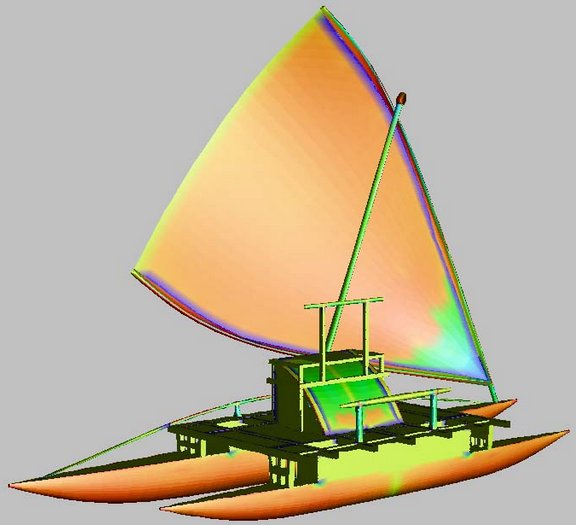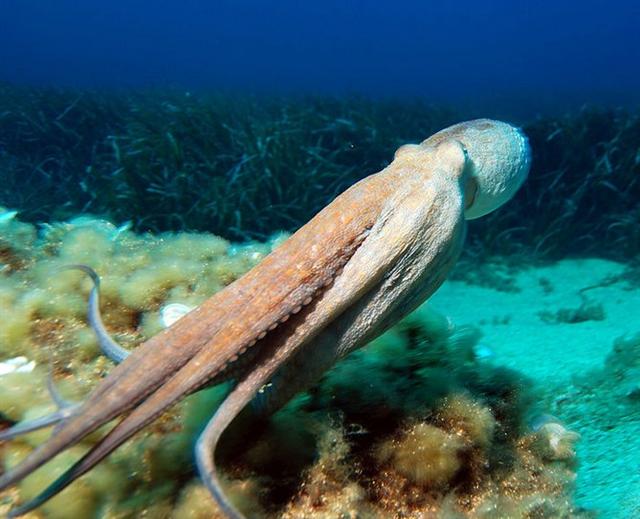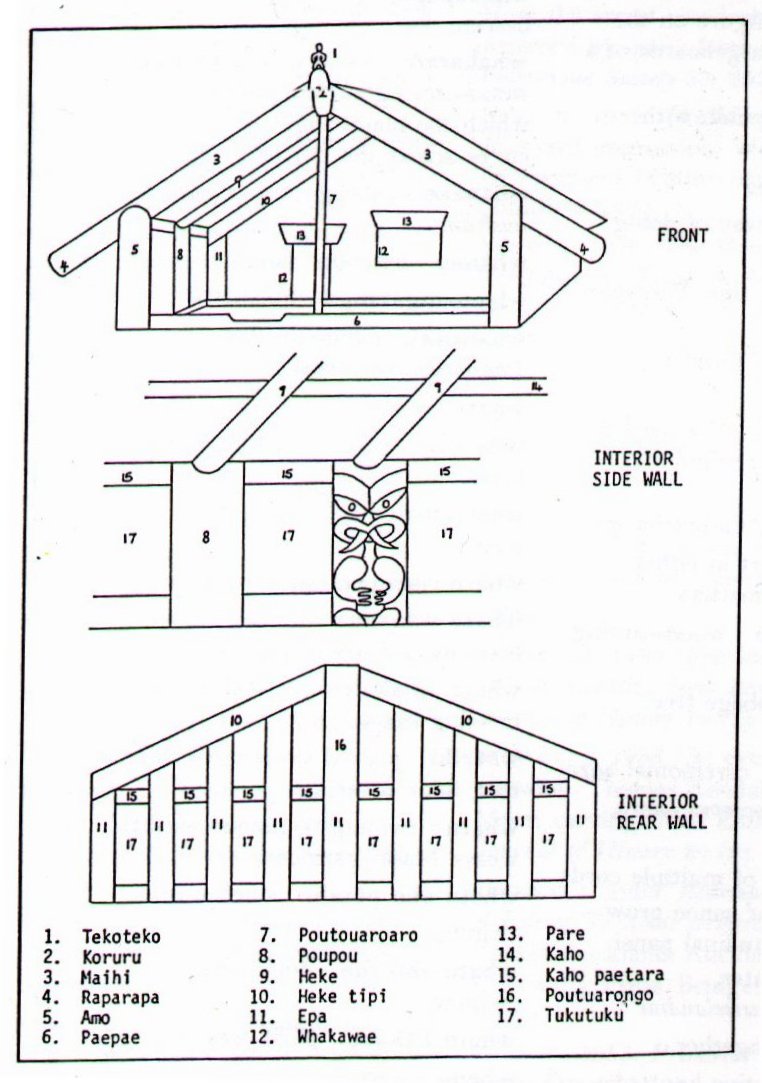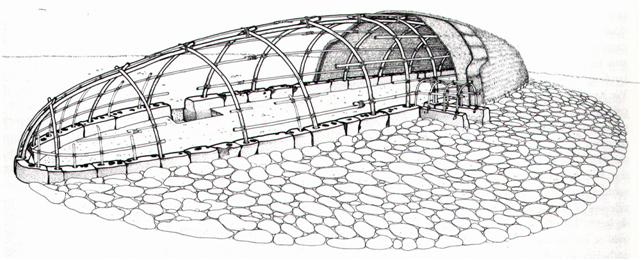The name Tuu maheke was given to the boy (tamaaroa) who was born when the Double Canoe arrived to Easter Island in "October 15 (288):
... After Hotu's canoe had anchored [i hoa era te aka.o te miro o Hotu], the child of Vakai and Hotu appeared [he topa te poki.ki haho]. It was Tuu Maheke, son of Hotu, a boy. ... i hoa era te aka.o te miro o hotu.he topa te poki.ki haho.a Vakai.a Hotu.ko Tuu maheke.e a Hotu.tamaaroa ... [E:80 → 64 + 16] The word heke means 'octopus' (8 feet). Heke. (Heke), hakaheke, to pull down, to overthrow. Mgv.: akaeke, to overthrow, to vanquish; heke, to fall down, to fall to pieces: akaheke; akahekeheke, to demolish. Mq.: heke, to crumble, to fall down; hakaheke, to demolish, to pull down. Churchill. Kai heke, hakaheke, to deflower. Kahukahu o heke, an octopus hiding in his ink. Mq.: ve'eve'e 'tentacules du heke'. Barthel 2. Pau.: Heke, to purge. Mgv.: heke-toto, hemorrhage. Ta.: hee, to purge. Mq.: heke, to drip. Ma.: heke, id. Pau.: Hekeheke, elephantiasis. Ta.: feefee, id. Mq.: fefe, id. Sa.: fe'efe'e, id. Mgv.: Heke, eke, octopus. Ta.: fee, id. Mq.: heke, feke, fee, id. Sa.: fe'e, id. Ma.: wheke, id. Ta.: Hee, to slide, to swim. Sa.: se'e, to slide, to shoot the breakers. Ha.: hee, id. Mq.: Hee oto, to cut. Sa.: sele, id. Ha.: helehele, id. Churchill. Ma.: 1. Migrate. Islands of History. 2. Rafter. Starzecka.
Another meaning of heke was to 'migrate', which might have influenced Buck when he illustrated the migrations of the Polynesians:
And then there was the meaning of 'rafter', as illustrated in the structure of the roof of the Maori meeting house:
... The Fijian barkcloth that in the end captures the chief represents his capture of the land: upon installation, he is said to hold the 'barkcloth of the land' (masi ni vanua). The barkcloth thus has deeper significance. In general ritual usage, barkcloth serves as 'the path of the god'. Hanging from the rafters at the rear, sacred end of the ancient temple, it is the avenue by which the god descends to enter the priest ... There is still more to the barkcloth. The barkcloth which provides access for the god/chief and signifies his sovereignity is the preeminent feminine valuable (i yau) in Fiji. It is the highest product of woman's labor, and as such a principal good of ceremonial exchange (soolevu). The chief's accession is mediated by the object that saliently signifies women ... On Easter Island the rafters were curved ribs: ... Spanning above, over and virtually into this komari foundation is the ridgepole 'backbone' and curved rafter 'ribs' of what I surmise to be a symbolically male form. In short, we have a shelter which may be metaphorically understood as 'the sky father enclosing his progeny as he embraces the earth' ...
... Eons passed and Ta'aroa grew to be a lad conscious of his own vigor and potentialities. Impatience grew upon him until he could bear his isolation no longer. He broke forth from his shell with energy, resolved to create beings like himself who would banish his loneliness forever. Ta'aroa's first act was to construct a firm foundation for the earth, using the strong second shell for stratum rock. The shell Rumia became his dwelling place, the overarching dome of the sky. It was a confined sky enclosing the world just forming, and in its deep and abiding night the lad attained manhood. There were no Sun, Moon, or stars and only one other living creature, the Great Octopus. The sun was held down close above the slowly evolving earth by the Great Octopus, Tumu-rai-fenua, Foundation of Heaven and Earth, who lived in the primeval waters on which the earth floated. One of his arms was to the north, one to the south, one to the east and another to the west. With these vast arms he held the sky, the shell Rumia, close down against the earth ... Tuu maheke was the first person on Easter Island - just like the Great Octopus he was the first living creature at the beginning.
|



.jpg)


